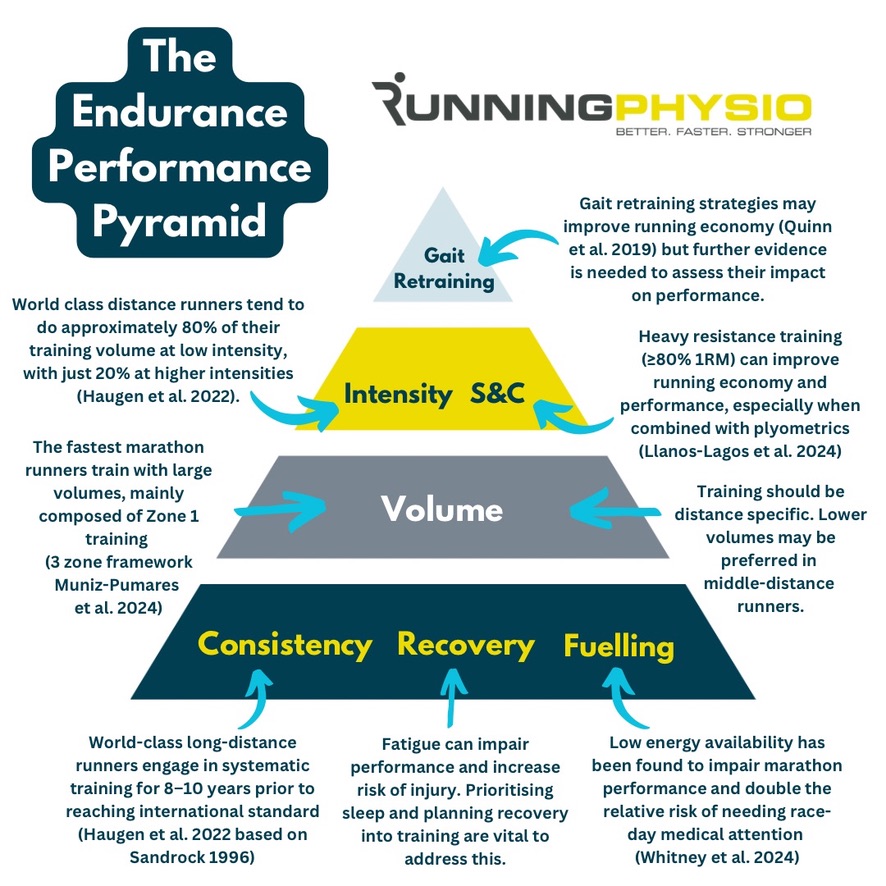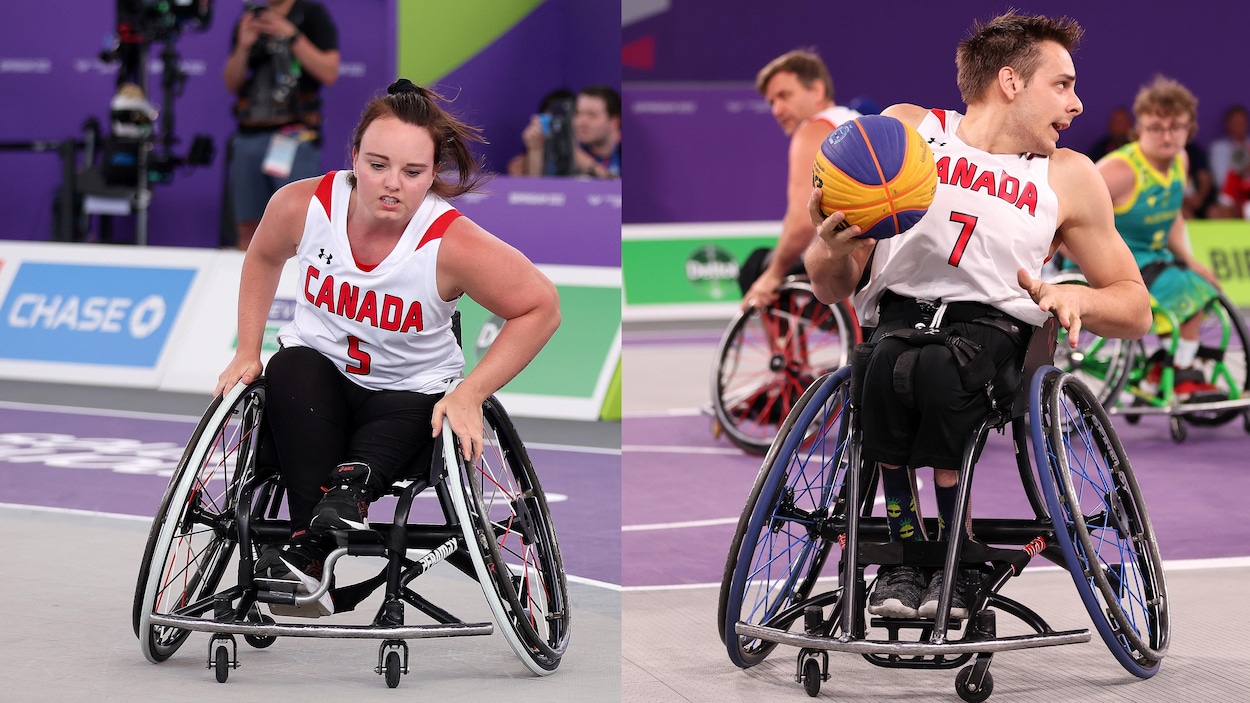PROTECT YOUR DNA WITH QUANTUM TECHNOLOGY
Orgo-Life the new way to the future Advertising by Adpathway
Low-impact workouts can help injured runners stay active, maintain fitness and still get that endorphin boost.

Image: Canva
If an injury has put running on pause, you don’t have to stop training altogether. Low-impact workouts can help you stay active, support your recovery and maintain fitness, without adding stress to your joints. Whether it’s swimming, cycling, walking or strength work, cross-training gives your body the break it needs while still offering many of the same physical and mental benefits of running.
While nothing quite compares to the feeling of a good run, taking time off doesn’t mean losing progress. With the right approach, you can continue to build endurance and strength in a way that supports healing.
Just make sure to check in with your physiotherapist first; depending on the type of injury, some forms of cross-training may be better than others. But there’s almost always a low-impact workout that can keep you moving.
Cycling for runners
Cycling is a great low-impact workout option for runners who love getting their heart-rate up or being outside. Just like running, you can do it solo or in a group.
Pros and cons of cycling
Pros
As well as staying fit, you can maintain leg strength and build up your running muscles. Just like running, you’ll have the chance to get outside in the fresh air or do it indoors and you can start and stop from your front door!
Cons
Cycling outdoors requires road confidence and some quiet roads, which might not be an option if you live in a big city.
Read: Cycling for runners.
Image: Canva
How to get the benefits
Just like running, cycling offers the option of indoor and outdoor sessions. You’ll find the longer, lower-intensity rides outdoors more enjoyable, while indoor training will make you work harder. You can also swap one of the weekly interval rides for a spin class for a high-intensity but low-impact workout option.
What you’ll need
For outdoor cycling you’ll obviously need a bike and a helmet. A pair of padded shorts will also make you more comfortable in the saddle. Clip-in shoes and pedals will provide more efficient cycling, though they can take a while to get used to, so should be avoided until you feel confident on your bike.
You can adapt your regular bike to allow you to train indoors with a turbo trainer which fixes to the back wheel. Or if you’ve got a gym membership, use one of their stationary bikes. Indoor exercise bikes will calculate your revolutions per minute (RPM) – one way to determine speed while exercising.
However, if you don’t have access to a gym bike, simply concentrate on working harder during the interval blocks, with recovery efforts in between. A heart rate monitor will also help you to measure effort levels.
Top tip
Getting a ‘bike fit’ to make sure your seat and handlebars are at the right height for you can improve your comfort and efficiency.
Swimming for runners
Swimming is the ultimate low-impact workout and is idea for people with injuries that mean they should avoid putting weight through, their lower limbs such as stress fractures.
Swimming pros and cons
Pros
A chance to work on core, back and upper-body strength while recovering from injury. You can work fairly hard in the pool and do really satisfying interval sets. And if you’re a new swimmer, you’re learning a new skill that will likely come in handy whenever you need a break from running.
Cons
Unless you have a local lido or lake, swimming won’t get you outside. Unlike running, which you can do anywhere, you’ll have to head to a pool and adhere to their opening hours – as well as paying each time you want to swim.
Image: Canva
Mix up your swim training
Outdoor swimming is growing in popularity in the UK, and you may be able to find an open-water swim spot near you to use. You’ll need to be a competent swimmer before heading outdoors and have a wetsuit, though some venues will let you hire these.
Try a different stroke. If you’ve always been a breaststroker, use this time to improve your front crawl. Remember though that some strokes may not be suitable for your injury, so check with your physio first.
Swimming well is very dependant on good technique. Just a few lessons can see you making improvements, swimming more efficiently and enjoying the activity more. Who knows, when your injury is healed you might find yourself training for a triathlon.
Essential swimming kit
A swimming costume, goggles and a swim cap as well as 20p or £1 (check at reception) for your locker. A pull buoy is a good investment too, if you need to avoid using your legs completely. Made from foam, you place this between your legs to keep them buoyant without having to kick, so you can use just your upper body to move through the water. You can buy one fairly cheaply or some pools will have them for you to use.
Top tip
Pool lengths vary, and you could find your local baths is anything from 20 to 60 metres long. Ask at reception if you’re not sure.
Read: Swimming for runners.
Walking workouts for runners
For runners who can’t do high-impact or high-intensity exercise, and don’t have access to a bike or pool walking is a great option.
Pros and cons of walking for runners
Pros
Walking will get you outside and works your running muscles gently, meaning you can stay on your regular running routes or explore new ones. From here, it will be easy to progress back to running once you’re given the all clear. Best of all, you won’t need any new kit!
Cons
Some running injuries, such as plantar fasciitis, are also aggravated by excessive walking. It won’t give you the same endorphin buzz compared with more intense exercise and you may get frustrated by how long it takes to walk, rather than run, a mile.
Image: Canva
Make the most of your walking workouts
We all have friends who are reluctant to give running a go, so why not invite them out to join you for a fast walk round the park? Or look up a local walking group and join them for an outing. The Long Distance Walkers Association (ldwa.org.uk) is a good place to find groups, routes and events.
Plot new routes or get on a train somewhere and walk somewhere new. Think about choosing routes you might usually avoid running because they’re too hilly, involve stiles or are off-road.
Check with your local parkrun how long their last runner usually takes – you might be able to volunteer as the tail walker.
Walking kit
You shouldn’t need any new kit, as your running kit will do the job. In the winter months, however, you may need a few extra layers and a good jacket. As walking won’t generate the same body heat as running, you may feel the cold more. All the more reason to make a cafe stop!
You may have seen walkers using walking poles. The idea behind these is to work your upper body muscles a bit harder, which might be something you want to look into. Or you could walk with light hand weights.
Top walking tip
Whereas lots of runners are actively trying to avoid heel striking, efficient walking requires a heel-to-toe technique.
Read more expert tips on walking for runners.






















 English (US) ·
English (US) ·  French (CA) ·
French (CA) ·